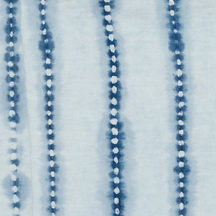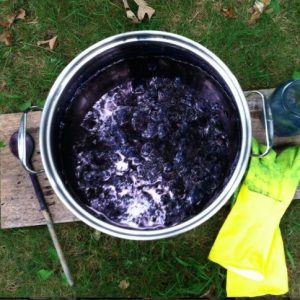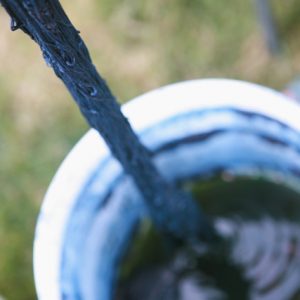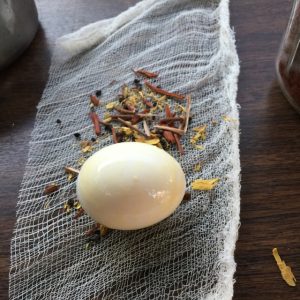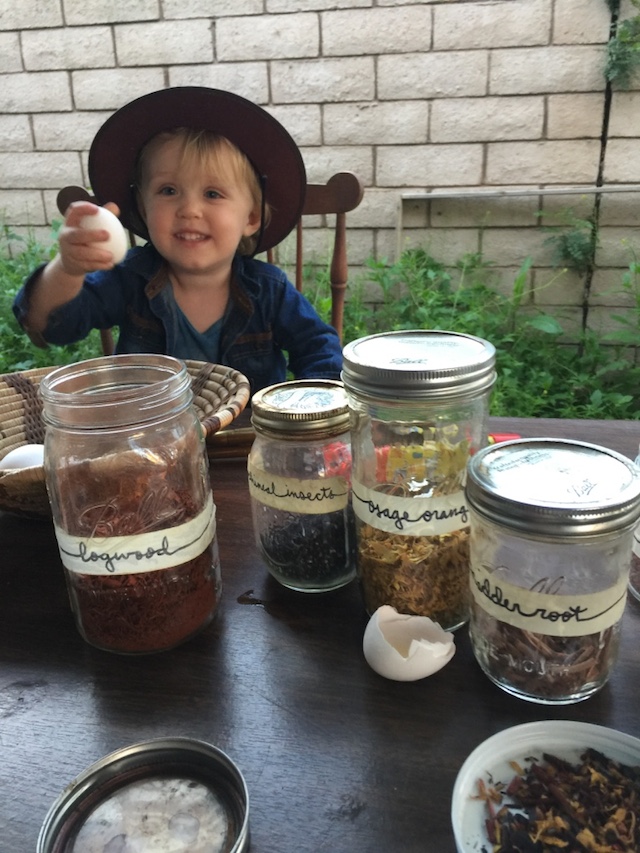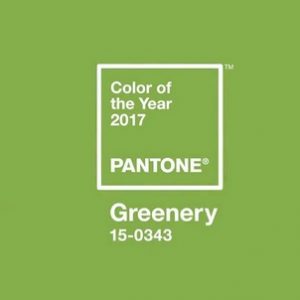FEEDBACK FRIDAY: This Week in Natural Dye Questions
Each week, we are emailed with questions from our natural dye community asking simple and complex questions that we thought might be worth sharing. Here are a handful from this week answered by natural dyer in chief, Kathy Hattori, Founder of Botanical Colors: Do you have any tips on getting a crimson red on cotton from cochineal? Been trying so many different ways and can’t get the concentration to stay! The majority of the historical recipes for very deep and bright red on cotton use madder, not cochineal. Your best bet if you want the deepest shade on cotton is … Read more

